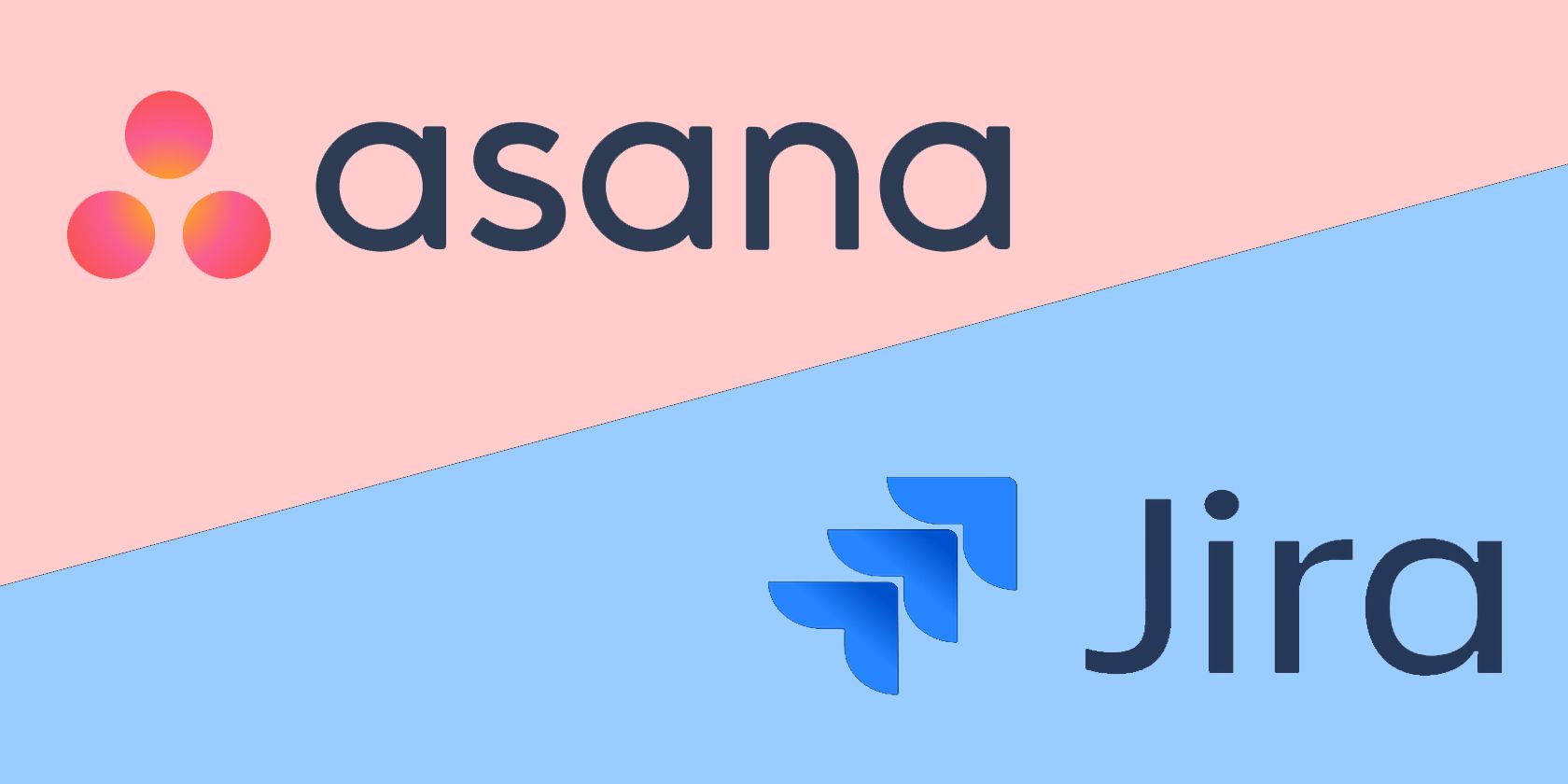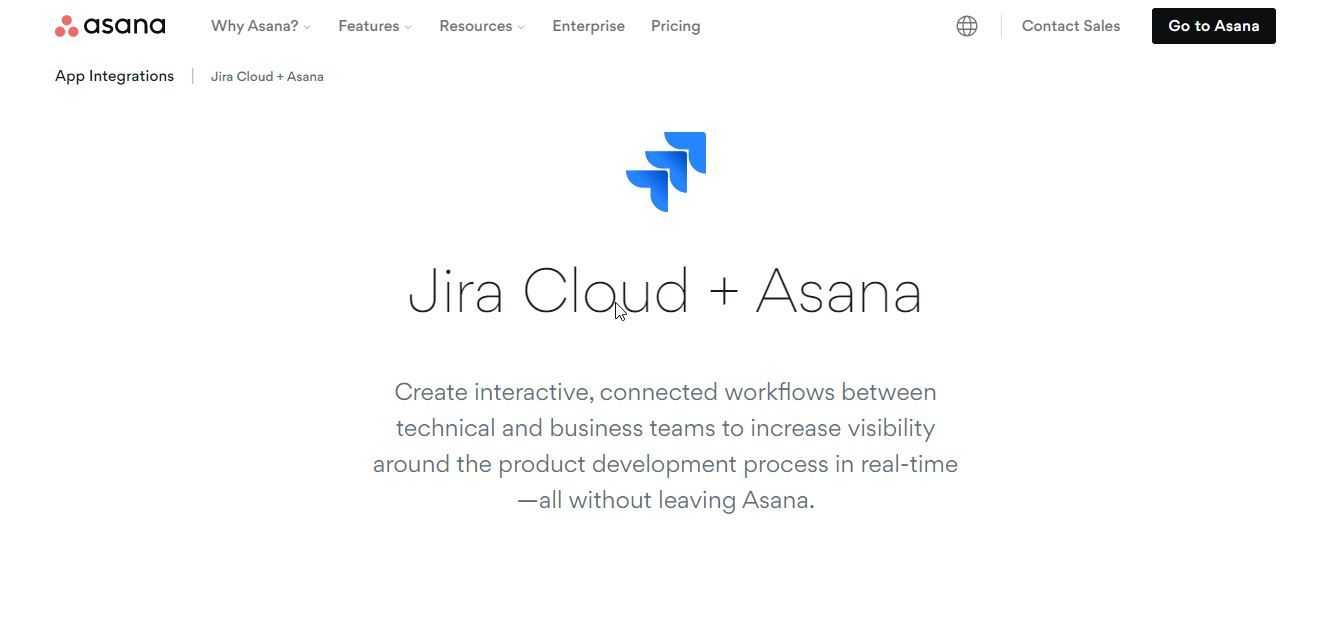Any talk about the best project management software, and two names come to mind instantly: Asana and Jira. While both are great in their own right and exceptionally suited to help you with agile methodologies, they have different approaches that set them apart.
However, which is better at agile methodology? Let's take a look at how they compare to one another.
Asana vs. Jira: Usage
While Jira is perfect for small teams of software developers, Asana is a full-fledged project management tool that can help you run any kind of company, irrespective of size.
However, if you're an agile team, Jira is the more suitable option as it is built for every member of your software team. It is incredibly useful in helping your team plan, track, and release terrific software. As an Agile project management tool, Jira supports any agile methodology your team could be working with.
From Scrum to Kanban or your own unique framework, you'll find all the tools, roadmaps, add-ons you need in Jira. So, maintaining roadmaps or backlogs or reports or just releasing high-quality software faster is easier when you're on Jira.
As for Asana, it's an equally useful tool that works best for agile teams. You can use Asana to track and fix bugs faster, create agile sprint plans, build a product roadmap, streamline work requests, respond to product feedback and launch new products easily and effectively. What works better, then?
You have to make a call based on how big or small your company is. Jira is for small teams, while Asana is exceptional for all teams.
Asana vs. Jira: Pricing
The pricing for Jira is less in comparison to Asana. If budget is a constraint for you, it's better to proceed with Jira. However, the extra dollars you pay for Asana are all made up for, thanks to its exclusively useful features.
If your team has 10 members, Jira is forever free. You can upgrade to the Standard plan, which costs $7.50 per user and per month. Or, you could opt for the Premium plan, where you pay $14.50 per user and per month. Both these plans can work for you if you've a team that has 100 members. Also, you can take a free trial of 7 days and figure if it works for your team. The Premium plan gives you unlimited storage, 24x7 support, 99% SLA uptime and other benefits in comparison to the Standard one.
The free version for Asana is available for teams that have up to 15 members. The Premium plan is perfect if you're working on different projects. It's available at $10.99 per user, per month, if billed annually and $24.99 per user, per month, if billed monthly. The Business plan is useful for companies that work across initiatives, and it is available at $24.99 per user, per month if billed annually and $30.49 if billed monthly.
Asana vs. Jira: Features
While Asana is exceptionally useful for companies that work across different teams, Jira is especially suited to agile teams. Asana has incredible features like brainstorming, calendar management, contact management, content management, discussion boards, document management, real-time editing, and version control.
All these features are missing in Jira. As for video conferencing, neither Asana nor Jira supports it. However, just because Asana has a host of features that Jira doesn't, it doesn't become the winner right away.
Jira also has some features that Asana misses out on. From agile support that's extraordinary to comprehensive agile reporting, Jira lets you begin with a lightweight approach and then upgrade to bigger and better things.
While both Asana and Jira have intuitive interfaces, customizable dashboards with plug-and-play widgets, and the ability to create roadmaps, Jira comes with built-in roadmaps and advanced workflows that are powered by Jira's strong workflow engine.
Moreover, both Asana and Jira allow easy collaboration across cross-functional teams. With a robust set of APIs, Jira stands out as the #1 marketplace for DevOps apps. That means, you can find add-ons that will extend the Jira software to fit any use case.
Besides, Jira is enterprise-ready. While Asana also has an enterprise version, Jira's version provides high availability, performance at scale, and advanced security features to help your team power through final product releases quicker and better.
Using Asana + Jira Cloud Is Another Good Option
Agile methodologies are all about promoting collaboration and embracing diversity. In the same vein, Asana and Jira Cloud can be integrated to maximize visibility, optimize your team's efficiency, streamline project collaboration, and automate your repetitive processes.
To understand why integrating the two is a good idea, consider the possibility of more connected workflows between your technical team and your business team. That improves collaboration, coordination, and efficiency in real-time in product development processes.
However, if such an integration isn't possible for your team, or it's not a need right away, choose the one that's more agile. With that, let's jump straight back into Asana vs. Jira and find out the winner that stands out.
Asana vs. Jira: The Winner
If you're still wondering, which of the two is better at agile methodology, the winner is Jira. It supports any agile framework and lets you manage all agile software development projects from a single tool with varied capabilities.
Its tools and add-ons make it easier for teams to adjust and work through the entire lifecycle of a product, resulting in more efficiency and productivity.
Choose the Project Management Tool That's More Agile
Jira is made for engineering teams, which makes it naturally better at agile methodology. It's extremely useful if you're looking for a project management tool that helps you build software, resolve issues and do product releases.
However, if you're looking for a versatile project management tool that's flexible enough to work across your teams, Asana is the better bet. It supports the agile methodology framework as well. In the end, it all comes down to you, your team, and the nature of the work you do.


